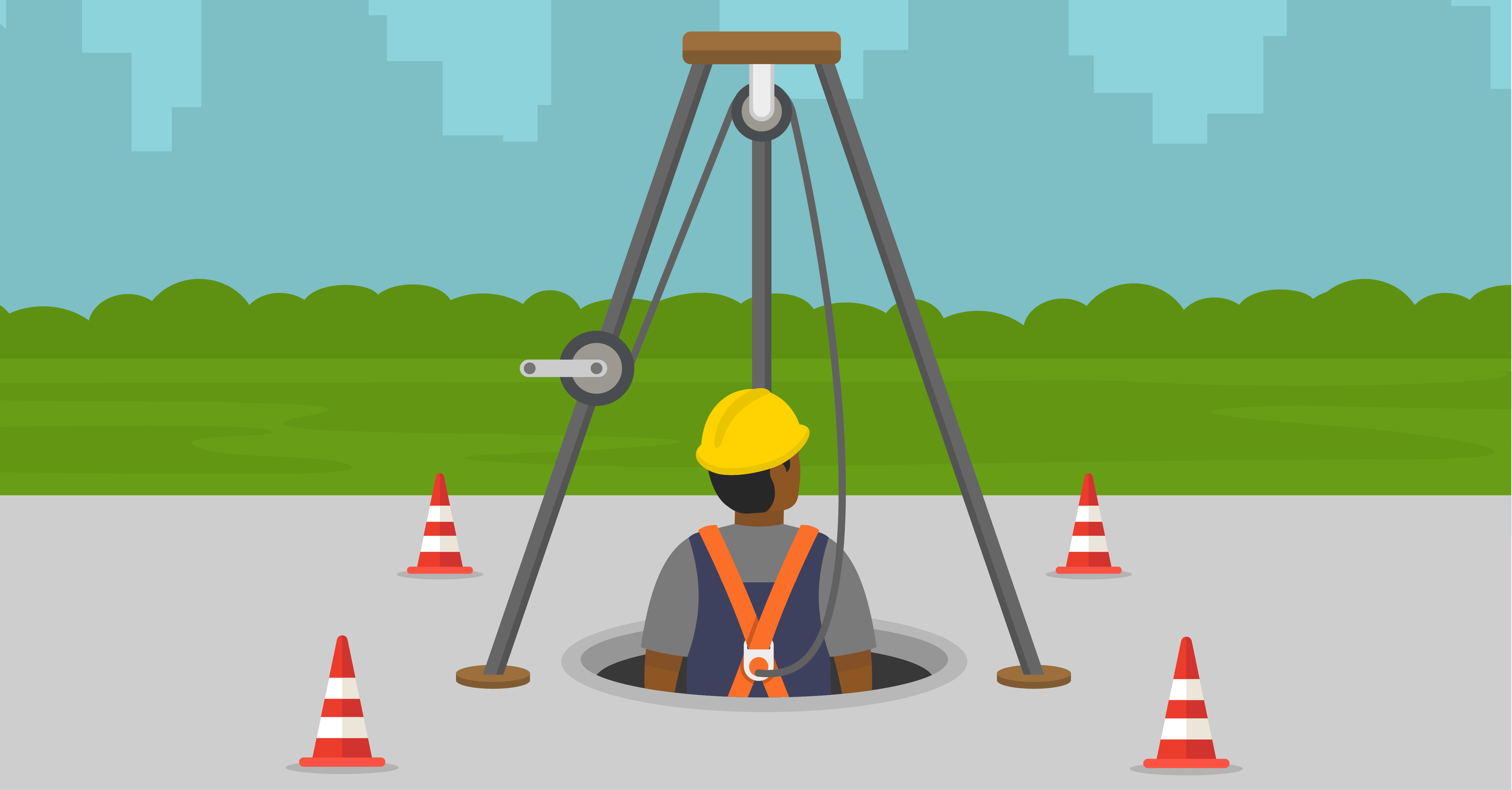Don’t Let Slips and Falls on Walking Working Surfaces Bring You Down
April 13, 2020

Ice and snow, oily surfaces, slick floors, and trip hazards not only can cause slips and falls that injure employees, they can kill employees.
We’ve all taken a fall on ice or a slippery surface. Hopefully, the only thing that got bruised was our ego. That’s not always the case; emergency rooms fill with people suffering from fall injuries that occur on walking and working surfaces when water, oil, ice, and snow make walking surfaces slippery.
Workers are not immune to same-surface slips and falls, and OSHA recognized this fact. That’s why OSHA issued a final rule on Walking-Working Surfaces and Personal Fall Protection Systems. The goal of the rule is to better protect workers in general industry from these hazards by updating and clarifying standards and adding training and inspection requirements.
What’s in the Walking-Working Surfaces Standard?
The rule, which became effective in January 2017, incorporates advances in technology, industry best practices, and national consensus standards. The goal is to provide effective and cost-efficient worker protection. Specifically, it updates general industry standards addressing slip, trip, and fall hazards (subpart D), and adds requirements for personal fall protection systems (subpart I).
According to OSHA estimates, the standard prevents 29 fatalities and more than 5,842 injuries annually, and impacts approximately 112 million workers at 7 million worksites.
Scott Gaddis, Vice President, Global Practice Leader, Safety and Health at Intelex Technologies, has over 25 years in EHS leadership experience in heavy manufacturing, pharmaceuticals and packaging industries. Gaddis has written a comprehensive article, Walking Working Surfaces and Pedestrian Safety. The article originally was published in The Leader Magazine, which is the publication of the Voluntary Protection Program’s Participants Association.
In the article, Gaddis provides a comprehensive look at preventing falls on walking-working surfaces by:
- Identifying risks to the worker associated with work activity.
- Identifying hazards found in the work environment that pose a threat of loss.
- Providing details of identified risks or hazards and providing context to build understanding.
- Utilizing a measurement system to evaluate risk understanding and decide precautions.
- Building controls that protect people and the work environment.
Once you’ve downloaded the Whitepaper, you’ll receive a link to download Scott’s Walking-Working Surface Inspection Checklist. The checklist will help you take the insights you’ve learned and use them to identify the strengths and weaknesses in your walking-working surface inspections.






